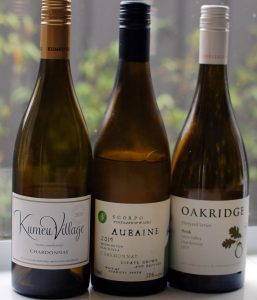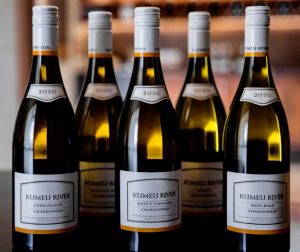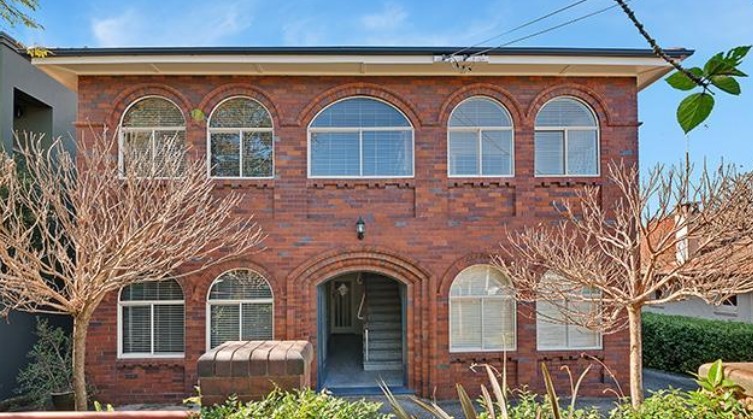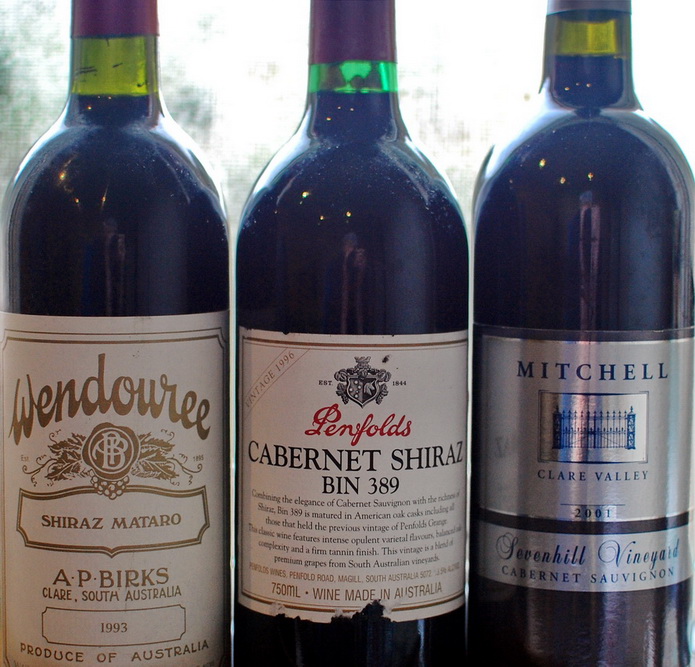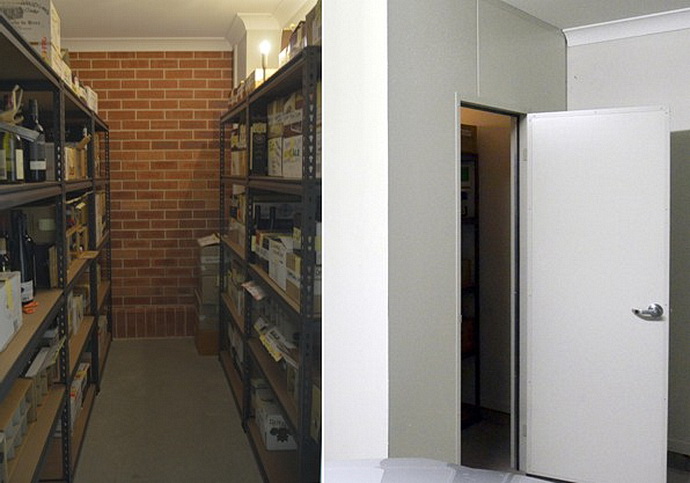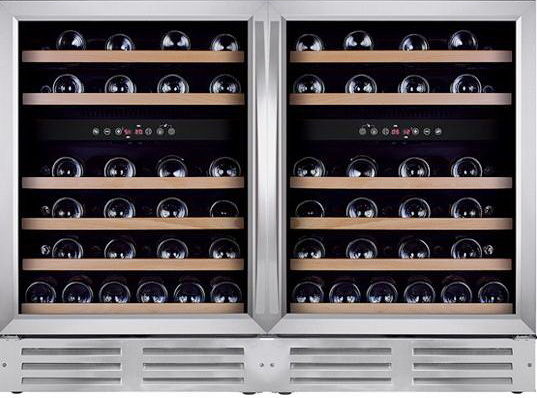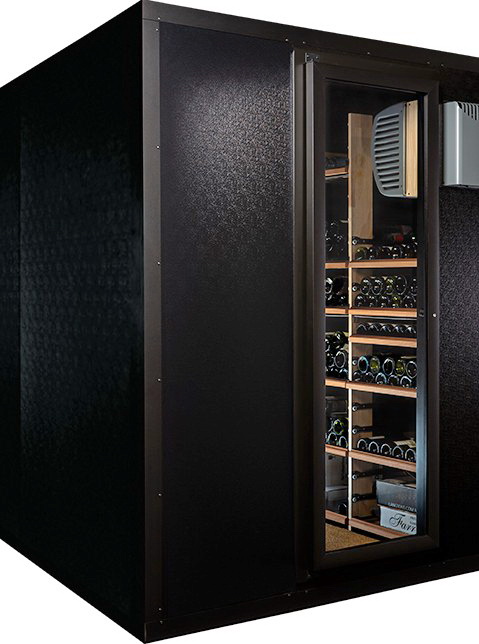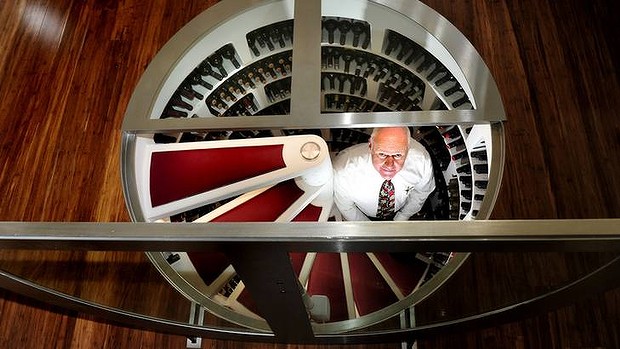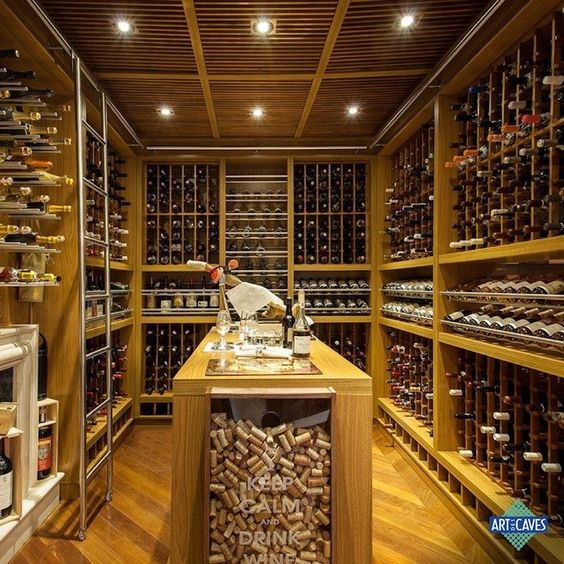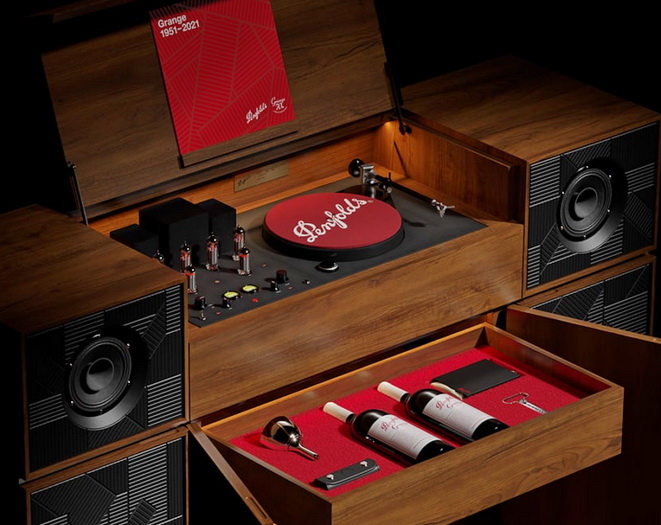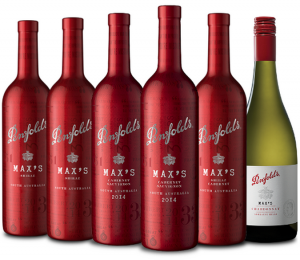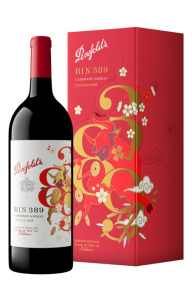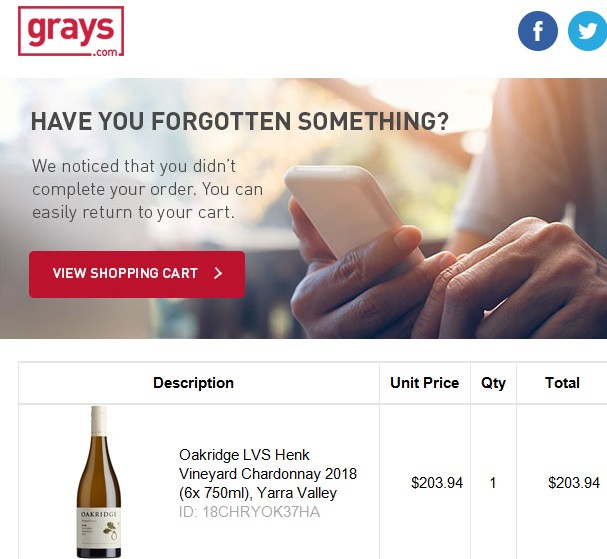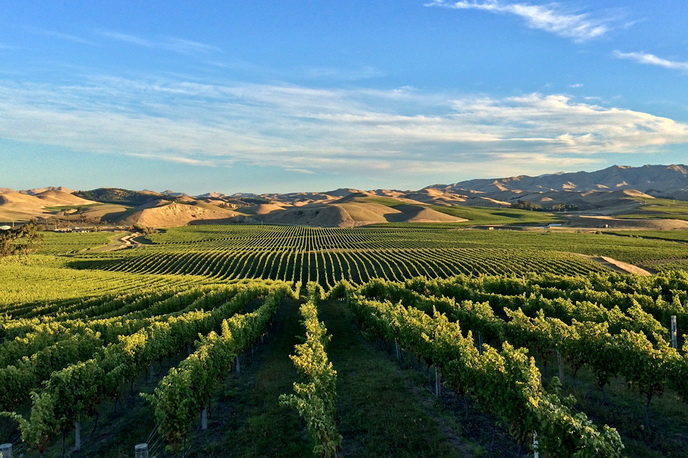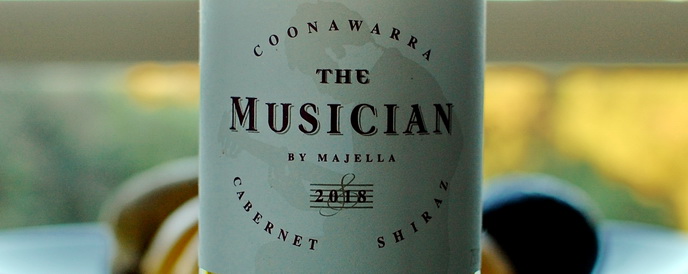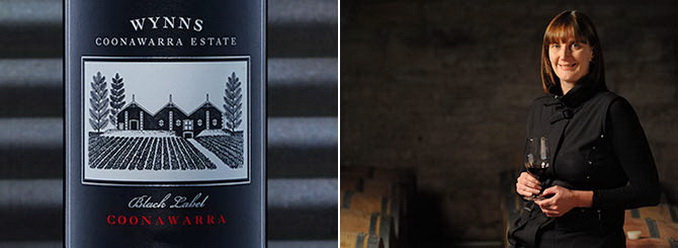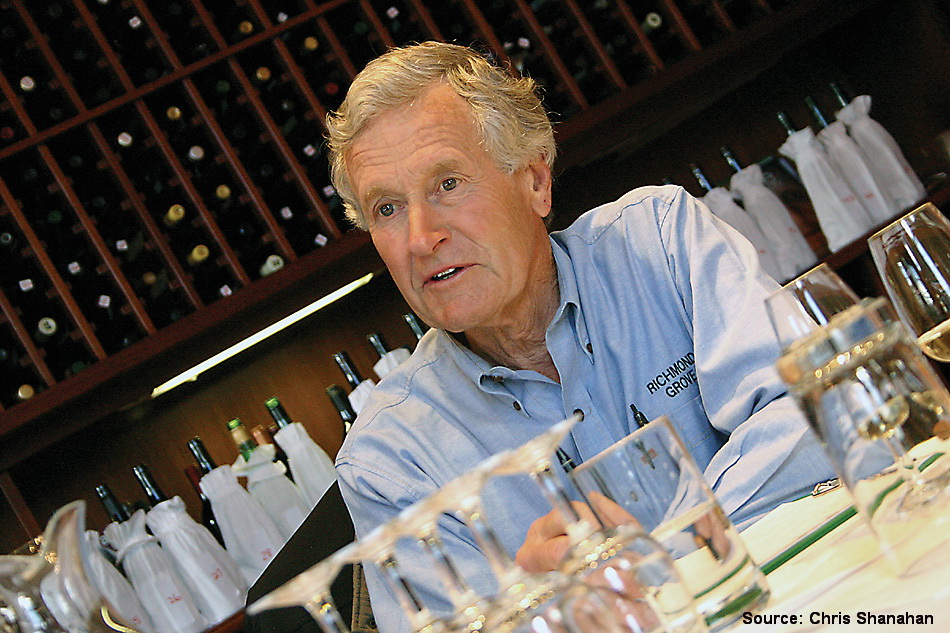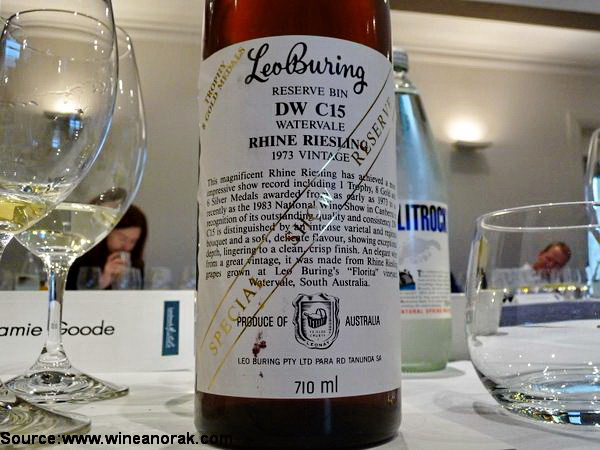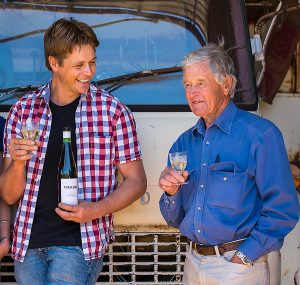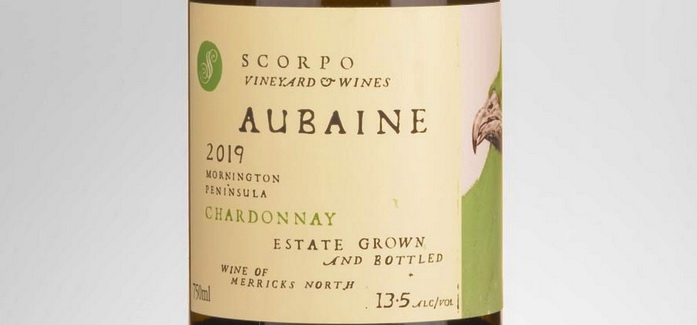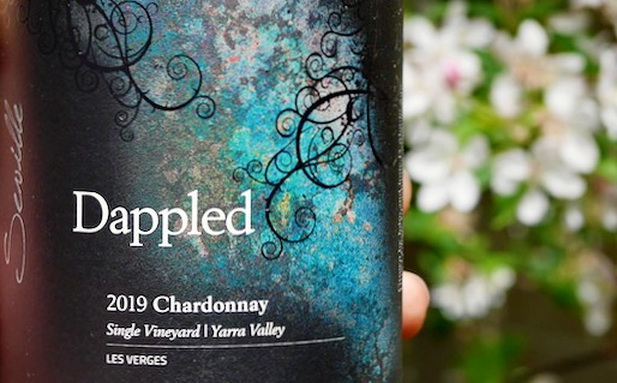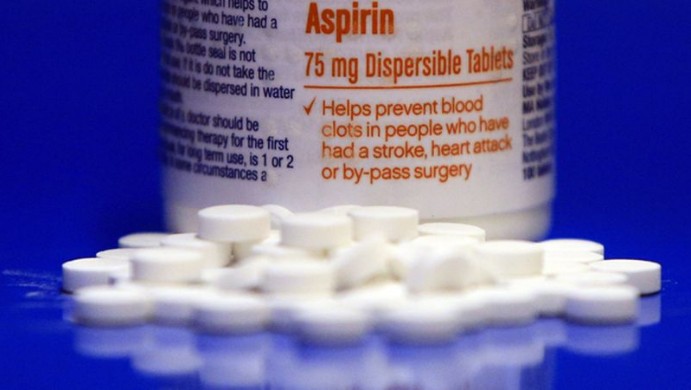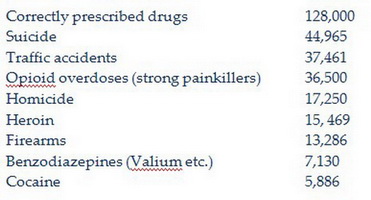Yes, we should celebrate the end of the longest lockdown ever – we’ve had so little to celebrate in recent months. We can have friends around at last and share a meal, up to 10 if they’re double vaccinated. So we put together a list of wines fit for modest and not so modest celebs; we’ve gone outside our usual boundaries here, but you can keep the leftovers for Christmas.
MODEST
Deep Woods Harmony Rose 2020 / 21 – 2 for $20 at Vintage Cellars. This is a bargain at its usual price, and steal at this price. Great for lunches and picnics in the sunshine.
Brokenwood Cricket Pitch White 1.5L Magnum 2018 – $24 at Jim’s Cellars. I’m not a huge fan of this wine, but a magnum at this price must come in handy for Freedom from Lockdown and Chrsitmas / New Year celebrations.
Brown Bros Pinot Noir Chardonnay Pinot Meunier NV – $15 at DM’s (member special). This is consistently among the top bubbles around $20, and a steal at this price. I’m grabbing a 6-pack for Christmas / New Year.
Robert Oatley Signature Series Margaret River Cabernet Sauvignon Magnum 2018 – $45 at Nicks. A big bottle of classy red from one of our favourite places, big enough to share with friends.
Grosset Gaia Magnum 2016 – $175 at Kemenys. Top notch Bordeaux blend from Jeffrey Grosset at Clare.
AIX Rosé Jeroboam – Aix en Provence – $189 at wine experience. Jeroboams are also called double magnums since they hold 3 litres. Big enough to impress friends and neighbours.
Black Label Champagne Brut NV Magnum – $119 at DM’s. It’s a big name champagne from one of the oldest houses in a big bottle. Pinot Noir, Chardonnay and Pinot Meunier, 50, 30, 20. The style is fresh and crisp (no malo), with green apples and lemons tempered by warm bready notes and 4 years in the bottle.
Seppeltsfield 1992 Para Liqueur Tawny – $135 at Seppeltsfield. Almost 30 years old, and always a rich delight.
Bouvet Saphir Saumur Brut Vintage Methuselah – $325 at Nicks. Yes it looks expensive and it’s not from Champagne, but from Saumur down on the river Loire. A Methuselah holds 8 standard bottles, and a Champagne in this format would come with a $2000 price tag – if you could find one down under.
IMMODEST
It’s time to let loose, go OTT, make a splash … and here are some great wines to do that with. On a practical note, magnums and bigger bottles demand a premium because they’re made in tiny volumes. Standard size bottles are both cheaper and more practical, but this is not the time to worry about these minutiae is it?
Fancy Bubbles
Billecart-Salmon Reserve Brut Champagne Magnum – $199 at Nicks. This is one of the better, more individual champagnes from a smaller house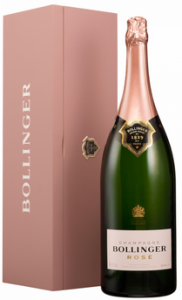 focused on quality.
focused on quality.
Louis Roederer Brut Premier NV Jeroboam – $500 at Wine Experience. This is one of the finest non-vintages Champagnes you can buy, and the bottle will impress friends and family.
Bollinger Special Cuvee NV Jeroboam with timber box – $600 at the champagne shop. This silky, seamless, superb Champagne is my personal favourite.
Bollinger Rosé NV Jeroboam – $750 at the champagne shop. We can only wonder why it costs $150 to add a bit of pink to a bottle of wine, but it’s a big bottle.
Reds
Argiano Brunello di Montalcino Magnum – $215 at Winesquare. The first Brunello I ever tasted was in Cologne with an old school friend and my best mate Reg from down under. I can still taste it, and Reg still raves about the wild pigeon we had with it. Review at the link
Yalumba The Signature Cabernet Sauvignon Shiraz Jeroboam 2008 – $500 at Nicks. Review at the link
Clos des Papes Chateauneuf du Pape Magnum 2016 – $550 at Nicks. Review at the link
Penfolds RWT Barossa Shiraz Magnum 2012 – $599 at Nicks. A lot more affordable than a a magnum of Grange
Sweet Treats
Joh. Jos. Prüm Wehlener Sonnenuhr Spätlese Magnum 2019 – $229 at Winesquare. The length of a Riesling magnum is something to behold, and the wine is a joy to drink.
Chateau Rieussec 2006 Magnum – $359 at Winesquare. Top flight Barsac, the twin of Sauternes, 15 years old. Mouthwatering.
Seppelt Para Liqueur 1947 – $490 at JIMURPHY. You can buy a 100-year old Para but a thimble-full will set you back $800. By comparison this is still on the sane side of the ledger, at almost 75 years of age, and probably just as sticky.




